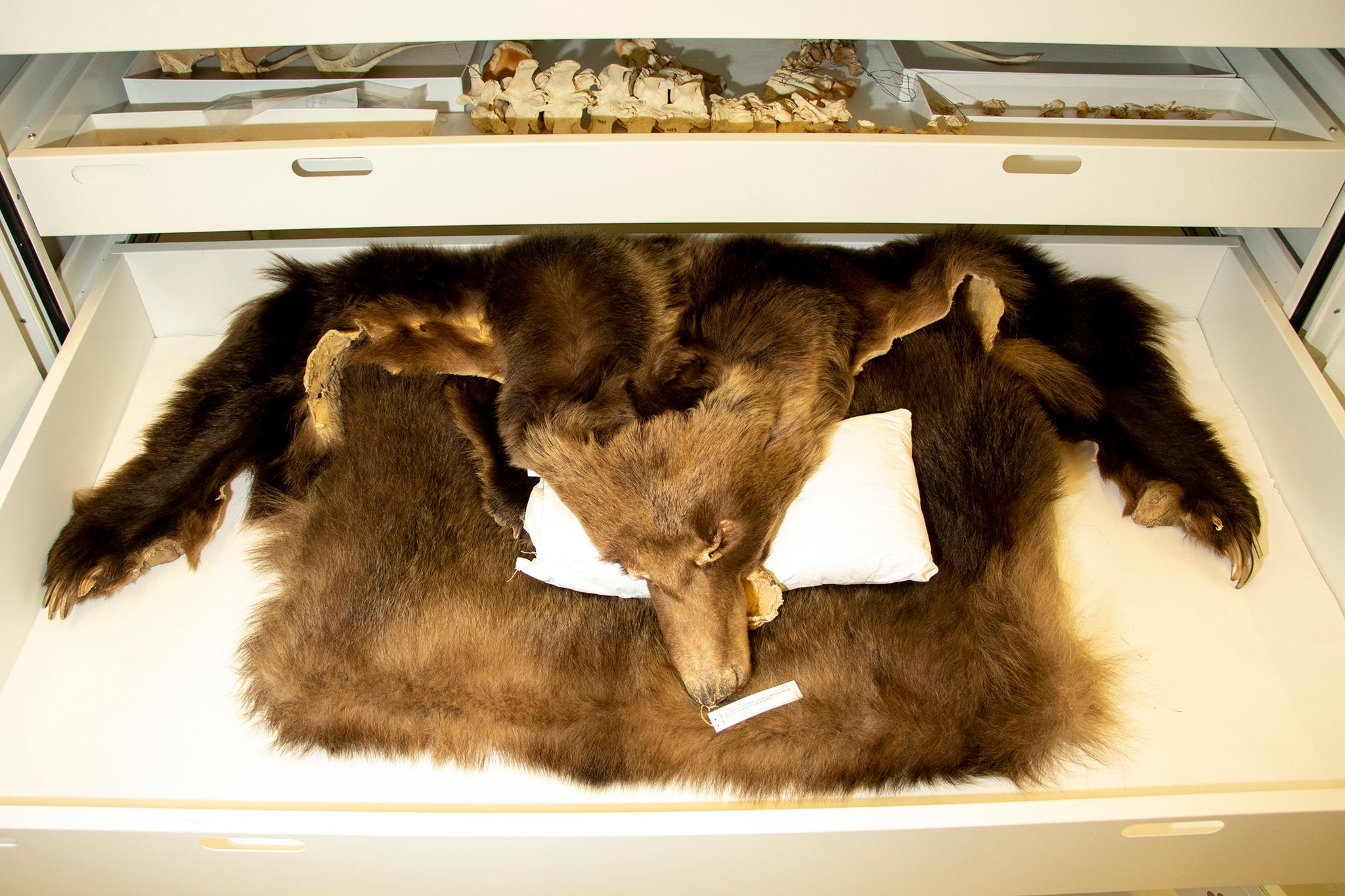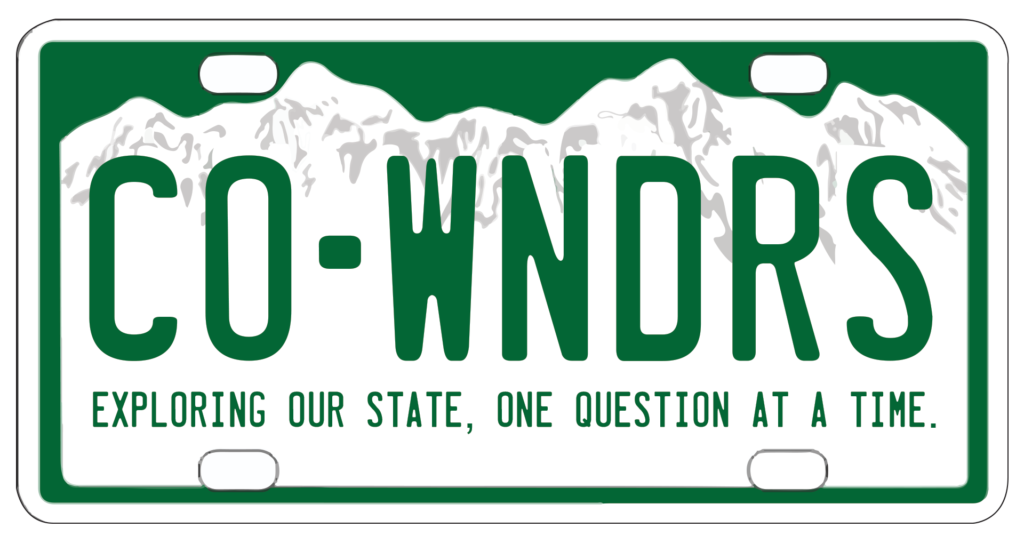
The Rocky Mountains of Colorado used to be home to grizzly bears — and parts of the San Juan Mountains seem like they would be perfect for one of these bears to survive.
At least that’s what Brian Lich thinks. The Denverite spends a lot of time in the backcounty, hunting, fishing and hiking.

“There's a lot of really wild places in the state still,” Lich said. “I can't help but just wonder is there maybe a few grizzlies still left? I think it's such an intoxicating story because it's almost like there's this big mystery because people claim that they've seen grizzlies.”
He asked Colorado Wonders about it — whether the bears might be alive in the woods of the San Juans and whether reintroduction of the grizzly is a possibility.
Colorado Parks and Wildlife is unequivocal about the matter.
“There are no grizzlies in Colorado or the South San Juans,” Joe Lewandowski with the CPW said in an email.
Author David Petersen spent years researching grizzlies in Colorado and he agrees with CPW — mostly.
“I think it's a minuscule chance. I don't think there are any left, but who knows? It's a big wilderness out there and they were extinct for all those years and then one pops up,” said Petersen, who wrote “Ghost Grizzlies: Does the Great Bear Still Haunt Colorado?”
"We kill our monsters and then we want to recreate them in our imagination."
David Petersen
Wildlife officials declared the grizzly extinct in Colorado in 1953. But then in 1979 “one popped up.” On Sept. 23, 1979, the last day of archery elk season, hunting outfitter Ed Wiseman walked into a grizzly taking a nap. It attacked him.
“They had quite the fight,” Petersen said. “He was carrying a bow, but the bear knocked it out of his hand immediately, but the arrows were scattered around. He was able to grab one — with this bear on top of him chewing on his leg — and stabbed the bear a couple of times with it.”
Wiseman killed the grizzly — the last one ever seen in Colorado. Its skeleton and hide are at the Denver Museum of Nature & Science.
Grizzlies thrive in other parts of the country.
The bears are expanding their range in the U.S. Northern Rockies, spreading from remote wilderness into farmland amid a legal fight over proposed hunting.
New government data from grizzly population monitoring show bruins in the Yellowstone region of Montana, Wyoming and Idaho expanded their range by about 1,500 square miles over the past two years.

They now occupy almost 27,000 square miles, a range that has grown 34 percent in the past decade. An estimated 700 bears live in the Yellowstone area.
Could some of the bears be moved to Colorado?
“A reintroduction of grizzlies has never been discussed in the 15 years I've been with the agency, no discussions are taking place now within the agency and none are planned,” said Lewandowski with the CPW.
And Petersen is OK with that.
“When I started that book project, my goal was to find and prove that there was still at least one grizzly bear alive in Colorado, which would have invoked the Endangered Species Act,” Petersen said. “And the hope was that would pave the way for reintroduction. But in those years, talking to all the people I talked to, learning all I learned, I changed my mind 180 degrees. And I wouldn't want to do that to a grizzly bear.
“The physical habitat is here, but the cultural, social, political habitat is not,” he said.
Doug Peacock says the grizzlies should come to Colorado to help control the elk population. He is an outdoorsman and author, best known for the book “Grizzly Years: In Search of the American Wilderness.”
“It's possible to do that. And I'd love to see a subpopulation, and Colorado is a place one would do it. Well, obviously, it used to be part of their habitat,” he said.
The No. 1 reason Colorado is no longer home to the grizzly bear is agriculture.
“People happened, settlement happened. It’s pretty easy to track the disappearance of the grizzly bear along with the population,” Petersen said. “The federal trappers worked for the agricultural industry. And ranchers, especially sheep ranchers say the only good bear is a dead bear.”
So the grizzly is long gone, but the fascination with them is alive and well in Colorado.
“It’s just this bigger than life creature that inspires awe from a distance. We fear them and we admire them at the same time. It’s human nature. We kill our monsters and then we want to recreate them in our imagination,” Petersen said.
Lich knows the feeling. He’s seen grizzlies while visiting Yellowstone.
“Anytime you see a grizzly, it sticks with you forever, because that really is the apex predator of our continent,” he said.
The Associated Press contributed to this report.
Are you curious about something in the Centennial State? Ask us a question via Colorado Wonders and we’ll try to find the answer.









